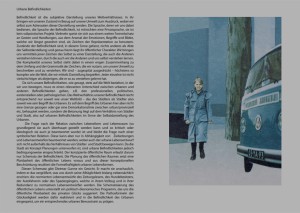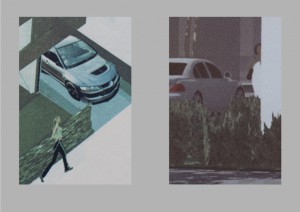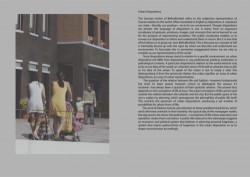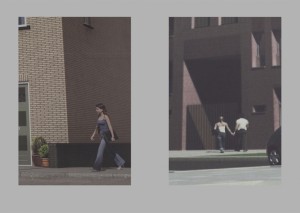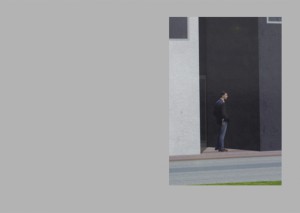Befindlichkeit
Urban Dispositions
by Robert Behrendt
The German notion of Befindlichkeit refers to the subjective representation of human relation to the world. Often translated in English as disposition, it expresses our state—literally, our position—vis-à-vis our environment. Though dispositions are private, the language of disposition is not. It draws from an expansive vocabulary of gestures, emotions, images, and concepts that we’ve learned to use for the purpose of representing ourselves. This public vocabulary enables us to convey our disposition to others and understand theirs in return. But it is also that which allows us to grasp our own Befindlichkeit. This is because our concept of self is intimately bound up with the signs by which we describe and understand our environment. To formulate this in somewhat exaggerated terms: we are only as complex as our representations of the world. Since dispositions always stand in relation to a specific environment, an urban disposition will differ from dispositions in, say, professional, political, existential, or pathological contexts. A particular disposition’s relation to the world extends only as far as our idea of the world, an urbanite’s sense of himself as urbanite only as afar as his idea of the urban. To speak of the urban is not to imply a clear line distinguishing it from the provincial. Rather, the urban signifies an array of urban dispositions, an array of urban representations. The question of the relation between life and habitat—however fundamental the level it’s been posed, however critical or ideological the answer it’s received—has always been a question of their symbolic relation. The answer thus depends on the conception of life at issue. The urban conception of life cannot exist outside the relation between the urbanite and the city. But the public space of the city is subject to planning, which presupposes the plannability of public life itself. This restricts the spectrum of urban dispositions, producing a set number of possibilities for urban forms of life. The work of Dietmar Gunne calls attention to these predetermined forms, which we’d otherwise overlook in their banality: the typical day of the newspaper reader, the dog owner, the driver, the pedestrian—conceptions of life whose execution and repetition render them normative. A public life reduced to the stereotype suggests an economic and political system that believes in planning personal happiness, a system that injects pathos- forms of happiness in the urban disposition so as to shape consciousness accordingly.

